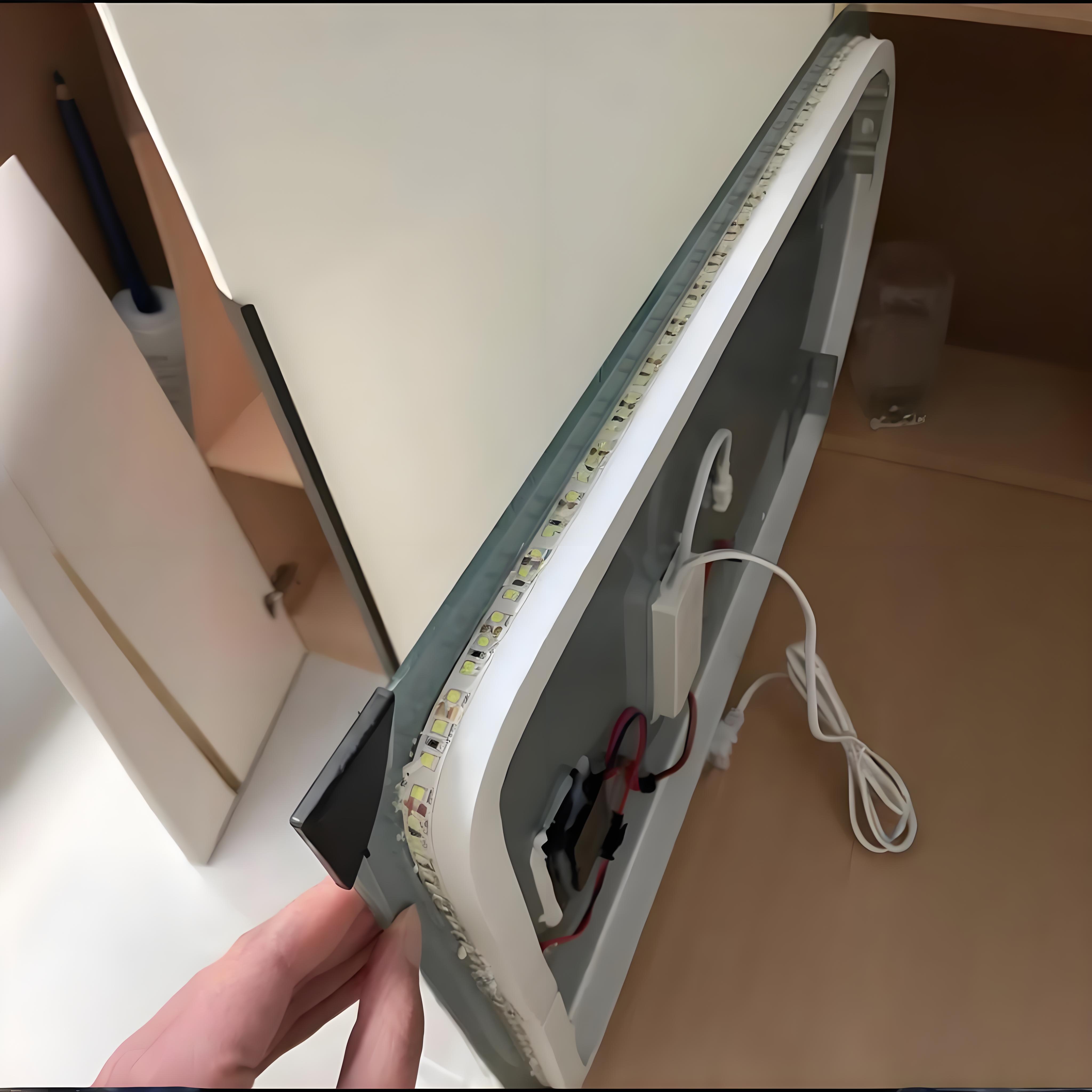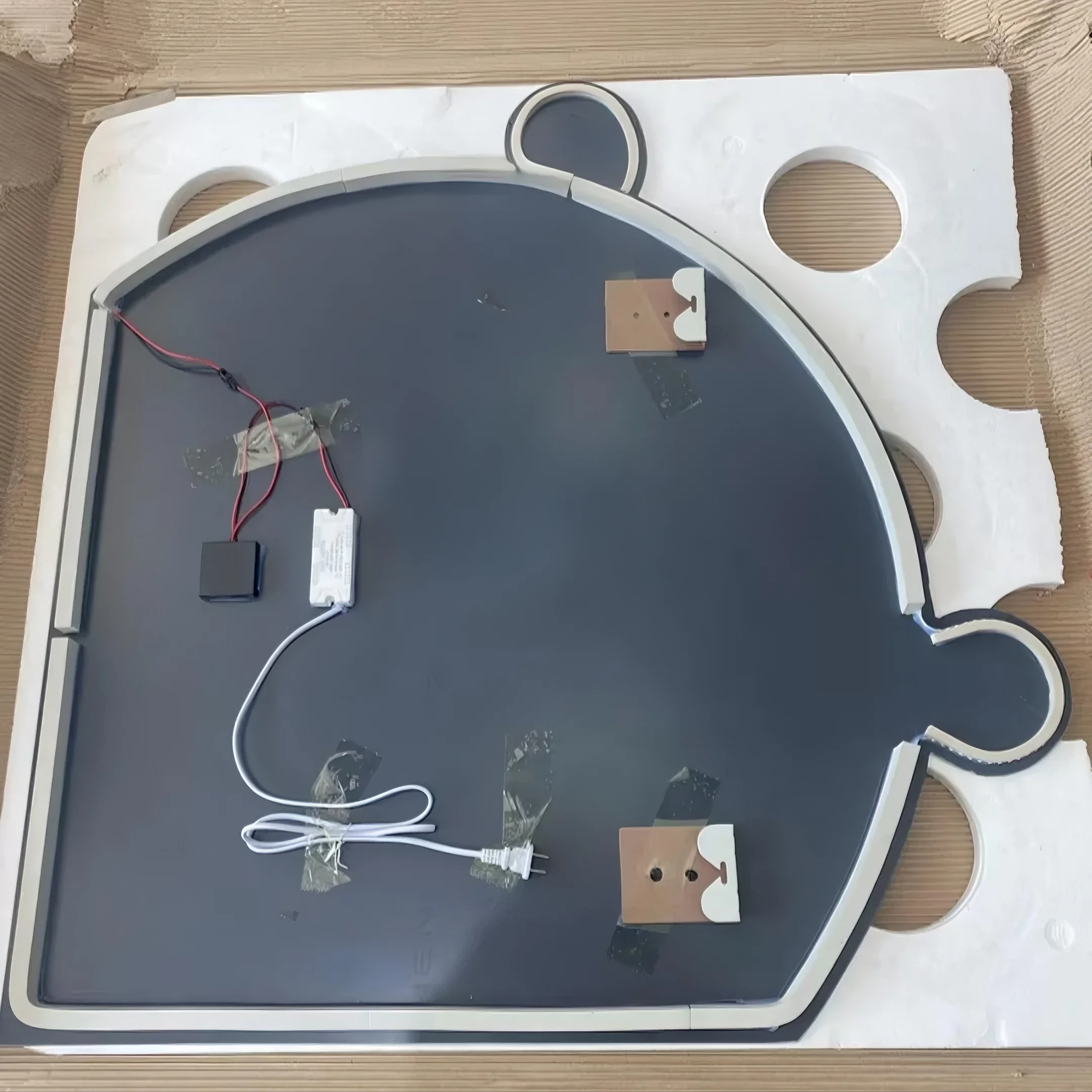The operating principles of LED lights and energy-saving lamps (CFLs) differ significantly. CFLs emit light by heating to activate the applied phosphor coating. In contrast, an LED light consists of an electroluminescent semiconductor chip, which is fixed to a bracket using silver or white adhesive. The chip is then connected to the circuit board via silver or gold wires, and the entire assembly is sealed with epoxy resin to protect the internal core wires, before being encased in an outer shell. This construction gives LED lights excellent shock resistance.
In terms of energy efficiency
When comparing the two at the same luminous flux (i.e., equal brightness), LED lights consume only 1/4 of the energy used by CFLs. This means that to achieve the same lighting effect, a CFL requiring 100 watts of electricity can be replaced by an LED light using just 25 watts. Conversely, with the same energy consumption, LED lights produce 4 times the luminous flux of CFLs, creating brighter and more transparent spaces. This makes them particularly suitable for scenarios demanding high-quality lighting—such as in front of bathroom mirrors, where ample light ensures more precise grooming and makeup application.
In terms of lifespan
The gap in longevity between LED lights and CFLs is even more striking. High-quality LED lights typically last 50,000 to 100,000 hours, while CFLs have an average lifespan of only about 5,000 hours—making LEDs 10 to 20 times longer-lasting. Assuming 5 hours of daily use, an LED light can function stably for 27 to 55 years, whereas CFLs would need replacement 1 to 2 times per year. Lower energy consumption translates to significantly reduced long-term electricity costs, and the longer lifespan eliminates the hassle and expense of frequent replacements.
In terms of environmental performance
LED lights hold a clear advantage over CFLs, and this is especially evident in LED bathroom mirror lights. From core components to external materials, they adhere strictly to safety and environmental standards: their internal semiconductor chips, epoxy resin encapsulation, and lamp bodies (made of metal or eco-friendly plastics) contain no toxic substances such as mercury, lead, or cadmium, fundamentally eliminating pollution risks. Even when reaching the end of their service life, the disassembled materials of LED bathroom mirror lights can be processed through regular recycling channels without causing secondary pollution to soil, water, or air—achieving truly eco-friendly performance throughout their entire lifecycle.In contrast, CFLs, particularly older models, have notable environmental drawbacks. Traditional CFLs rely on mercury vapor inside the tube to activate phosphor for light emission; a single CFL contains 5–10 mg of mercury, along with potential residual heavy metals like lead. If these toxic elements leak due to breakage or improper disposal, mercury can quickly volatilize into the air or seep into soil and water, severely harming the human nervous and respiratory systems, and disrupting ecological balance. Statistics show that waste CFLs have become the second-largest source of mercury pollution in household waste (after batteries), with mercury contamination from improper disposal posing significant challenges to environmental management each year.
For bathrooms—a space closely linked to family health—the environmental benefits of LED bathroom mirror lights are particularly meaningful. They not only avoid the safety risks of mercury leakage from broken CFLs but also, through the use of non-toxic materials, create an invisible health barrier for daily routines like washing and skincare, ensuring peace of mind and eco-friendliness with every use.
Post time: Aug-13-2025









